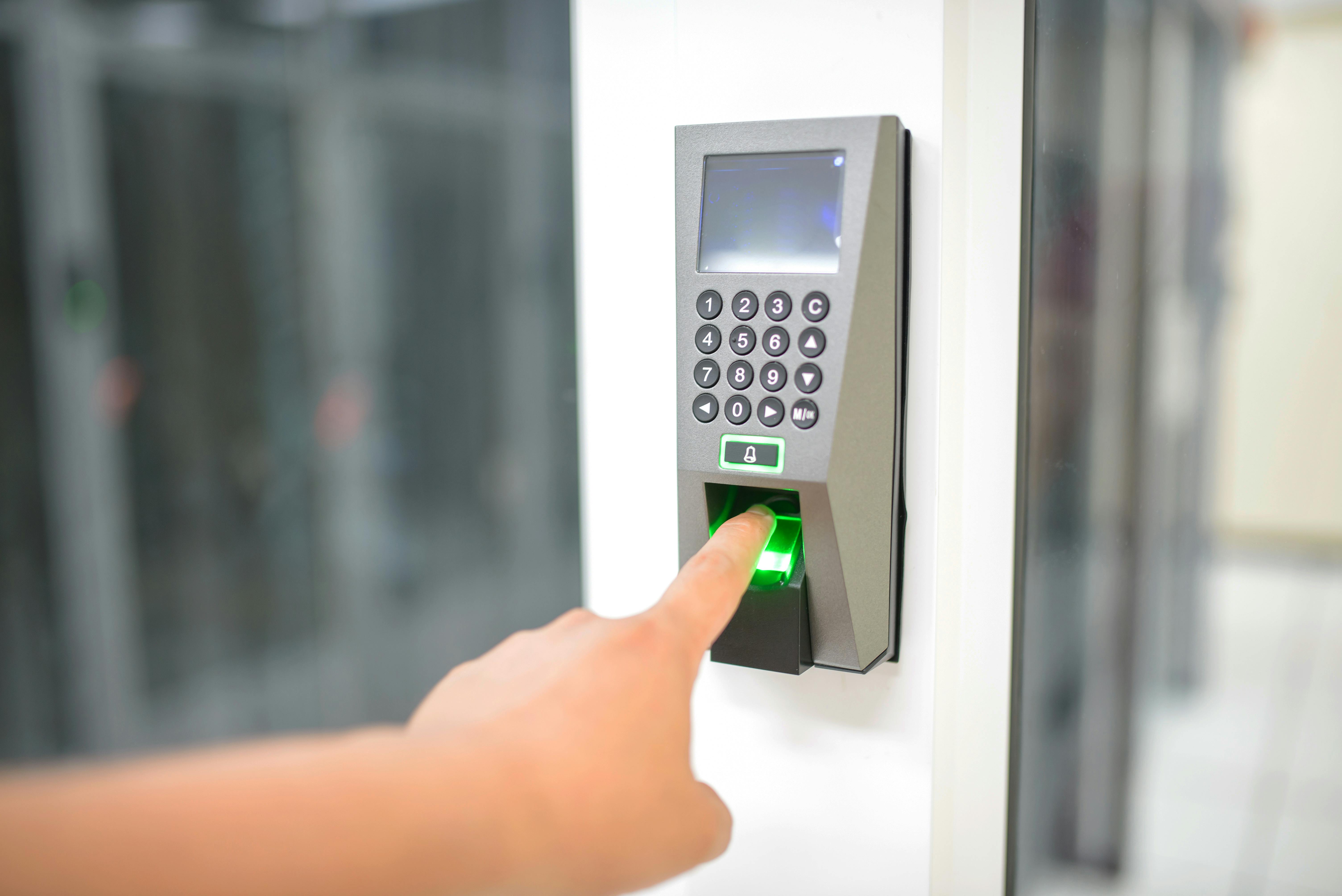Why this matters now
Operational technology (OT) systems are all around us. Think: industrial control systems, HVAC automation and energy infrastructure. In a nutshell, OT systems include hardware and software used to monitor and control physical devices, processes, and infrastructure in industries such as manufacturing, energy, transportation and utilities.
But, these systems are often ignored in the cybersecurity universe as traditional tools are nearly impossible to implement. This poses a huge opportunity for hackers to take advantage of simple vulnerabilities and execute their next attack. As the line between IT and OT blurs, these systems have become high-value targets. If you're in charge of critical operations, it’s no longer a question of if someone’s probing your defenses. It’s how far they’ll get.
The Cybersecurity and Infrastructure Security Administration (CISA) recently released a set ofpractical, no-fluff recommendations for reducing cyber threats in OT environments. If your business relies on uptime, safety and uninterrupted operations, consider this your wakeup call.. Let’s break it down.
Operational technology systems?
OT systems help automate tasks and collect data to improve efficiency and safety in the manufacturing, energy, transportation, logistics, and commercial real estate industries, among others. Examples include control systems for machinery, sensors for monitoring environmental conditions, and software for managing production processes. Some examples of OT systems include:
- Industrial control systems (ICS) - used to monitor and control physical processes in industries such as manufacturing, energy, and utilities.
- Supervisory control and data acquisition (SCADA) systems - used to monitor and control processes in industries such as oil and gas, water treatment, and transportation.
- Building automation systems - used to control and monitor building systems such as heating, ventilation, air conditioning (HVAC), lighting, and security.
- Manufacturing execution systems (MES) - used to track and control production processes in manufacturing plants.
- Distributed control systems (DCS) - used to control and monitor processes in industries such as chemical processing, power generation, and pharmaceutical manufacturing.
- Programmable logic controllers (PLCs) - used to control machinery and equipment in manufacturing and industrial processes.
- Asset management systems - used to track and manage physical assets such as equipment, machinery, and infrastructure.
- Energy management systems - used to monitor and optimize energy usage in buildings and industrial facilities.
- Fleet management systems - used to track and manage vehicles and assets in transportation and logistics operations.
- Security and surveillance systems - used to monitor and protect physical assets and facilities.

What’s the risk?
Unlike modern IT systems, OT environments weren’t originally designed as connective devices that could face external threats. In fact, many still run on legacy hardware and software. Add in the rise of remote access, poor network segmentation and unchanged default credentials, and you’ve got a recipe for real-world impact — from production delays to safety incidents.
Four fixes that actually work
Here’s what CISA says you should do to keep your systems locked down and running:
1. Disconnect OT from the internet
If your OT systems are internet-facing, attackers will find them. Exposing ICS or SCADA to the public web is like taping a “kick me” sign to your core operations. Start by inventorying every OT asset and auditing exposure. If something doesn’t need to be online, it shouldn’t be.
2. Get rid of default credentials
Weak and default passwords are still one of the top ways attackers get in. It takes minutes to rotate them. It takes months to recover from a breach that could have been prevented.
3. Lock down remote access
Convenience shouldn't compromise security. CISA recommends using:
- Private IPs over public exposure
- VPNs with strong, unique credentials
- Phishing-resistant MFA
- Least privilege access for users
- Regular reviews to eliminate stale accounts
4. Segment OT and IT networks
Don’t let one infected email in your HR system bring down your entire production line. Network segmentation ensures that even if something slips through the cracks, it can’t take everything else down with it.
Why this isn’t optional
These aren’t just suggestions — they’re baseline cybersecurity hygiene. OT attacks have real-world consequences. Think halted operations, physical safety risks, even environmental disasters. CISA’s guidance aligns with their broader Cross-Sector Cybersecurity Performance Goals (CPGs), built with NIST’s cybersecurity framework to help critical sectors protect the essentials.
If your business operates OT environments — and especially if you're dealing with legacy equipment — you need a roadmap that includes these mitigations. Crimson IT doesn’t just check boxes, we identify risks that matter and build strategies that stick.
Getting started
Every business has different operational needs, but the threats are similar. We help you assess current vulnerabilities, segment your networks, eliminate soft spots, and build a plan that protects both your uptime and your bottom line.
Ready to reduce your OT exposure without overhauling your entire environment? Schedule a consultation with Crimson IT — we’ll help you put these recommendations into action before they become a headline.
